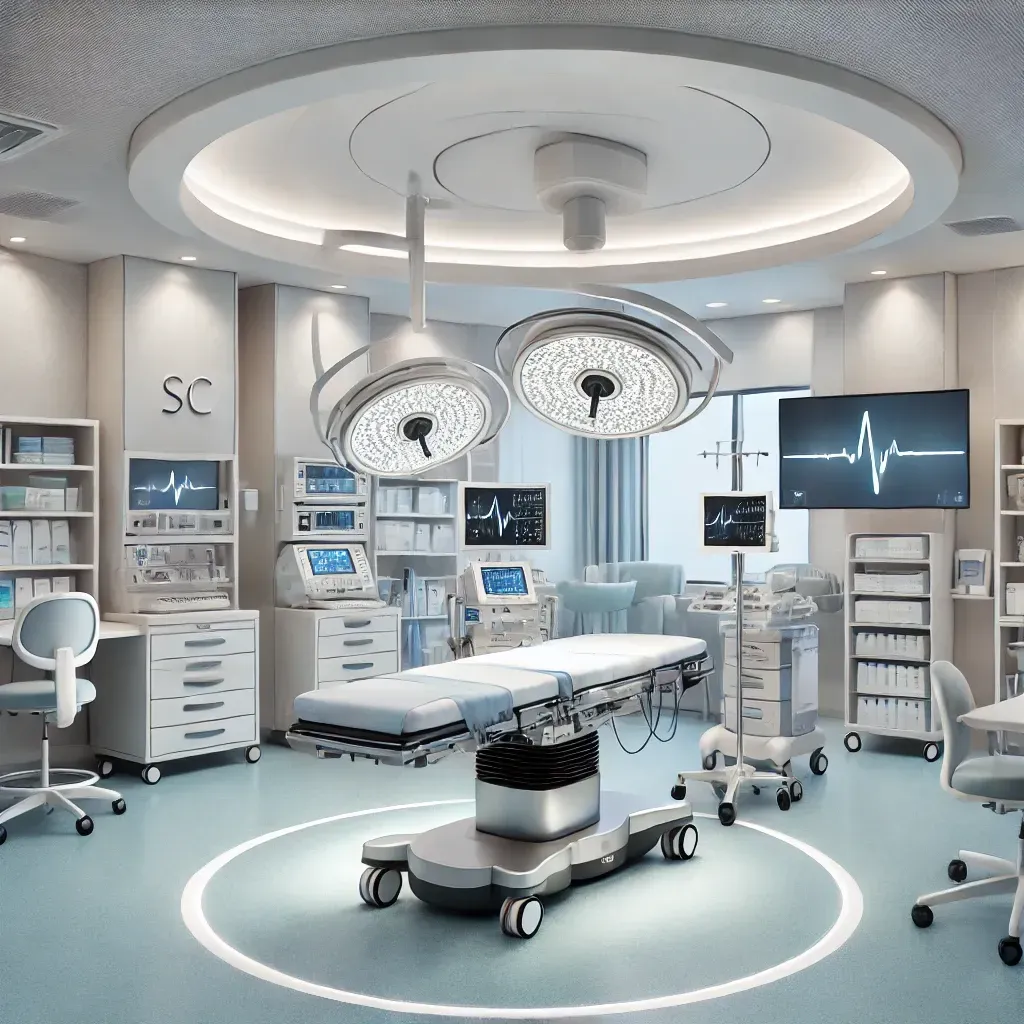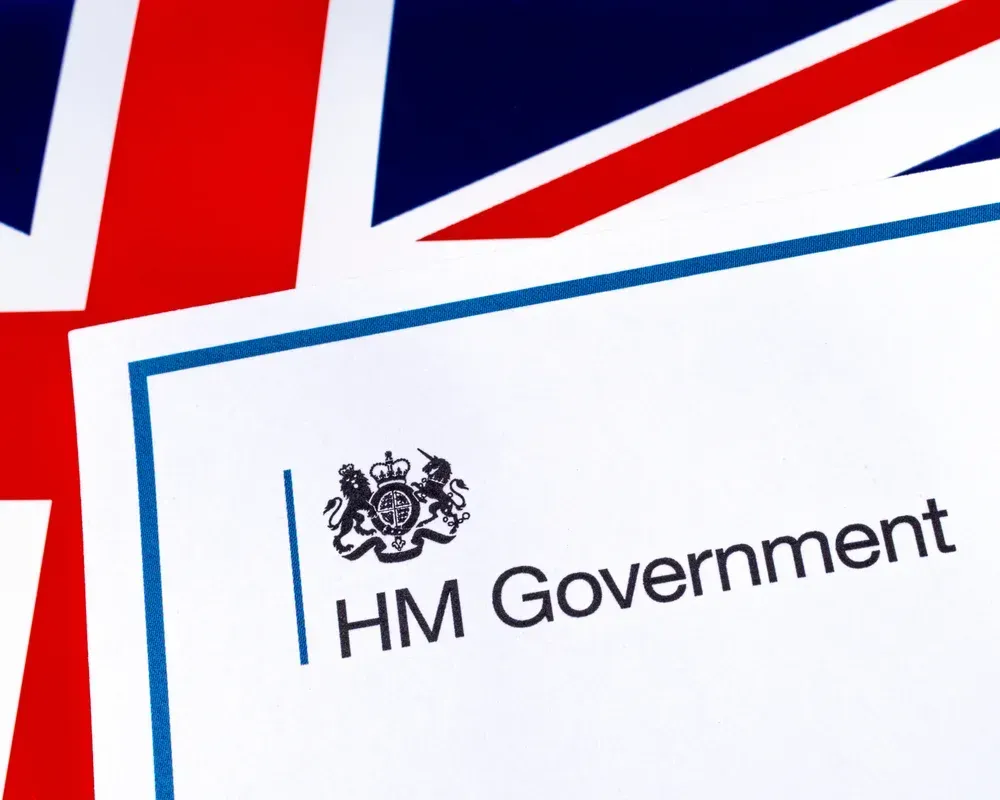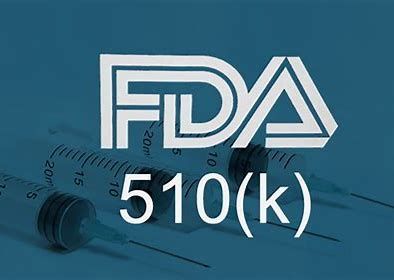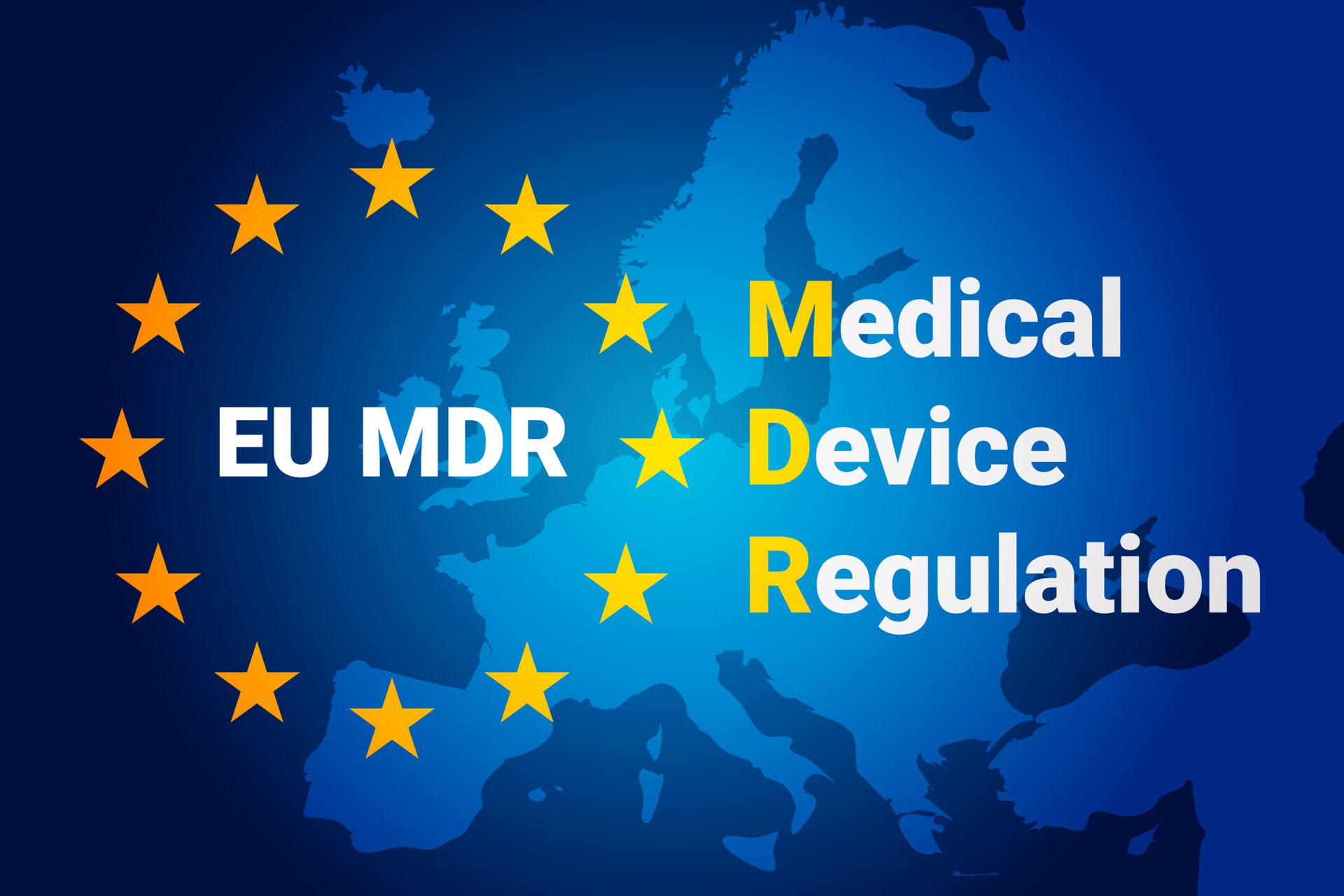Implementing the Future Regulation of Medical Devices in the UK: What Businesses Need to Know
Implementing the Future Regulation of Medical Devices in the UK: What Businesses Need to Know
The UK government is setting the stage for an updated regulatory framework for medical devices that will bring several key changes to ensure patient safety, enhance innovation, and improve the efficiency of the regulatory process. Following Brexit, the UK now has the autonomy to develop its own set of medical device regulations, distinct from the European Union's Medical Device Regulation (MDR) and In Vitro Diagnostic Regulation (IVDR). As the UK looks ahead, businesses in the medical device sector must be aware of the upcoming changes and how they will impact compliance, product development, and market access.
Key Elements of the New Regulatory Framework
The government’s "Implementation of the Future Regulation of Medical Devices" document outlines a strategy to modernize and streamline the regulation of medical devices, striking a balance between patient safety and fostering innovation. While many aspects of the existing framework (based on EU law) will remain in place for the short term, the government is introducing several reforms that will take shape over the next few years.
Here’s an overview of the major areas that will be impacted:
1. Strengthening Patient Safety and Post-Market Surveillance
A key priority for the future regulation of medical devices is to enhance patient safety through improved post-market surveillance and reporting requirements. This includes:
§ Improved vigilance processes: Manufacturers will need to maintain robust systems for identifying and reporting adverse events associated with their devices. This will help regulators monitor the ongoing safety and performance of medical devices once they are on the market.
§ Greater transparency: The government plans to create a more transparent system for reporting device incidents, ensuring that healthcare professionals, patients, and the public are better informed about the safety of medical devices in use.
2. Streamlining the Regulatory Process for Innovation
While safety is paramount, the government recognizes that a more agile and efficient regulatory system is essential to support innovation. To foster a competitive medical device market in the UK, there will be efforts to:
- Simplify approval pathways: The future regulations will aim to reduce unnecessary burdens on manufacturers, especially for lower-risk devices, while maintaining high safety standards. For instance, lower-risk devices may be subject to lighter touch regulatory processes.
- Regulatory flexibility for innovative technologies: The UK intends to provide more flexible regulatory pathways for new and innovative technologies, including digital health tools, AI-based devices, and personalized medical products. This could involve faster approval timelines or special pathways for breakthrough technologies.
3. Strengthening the Role of Notified Bodies
In the UK’s post-Brexit regulatory landscape, the role of UK-recognized Conformity Assessment Bodies (equivalent to EU Notified Bodies) will become more important. These bodies will play a critical role in certifying the safety and performance of high-risk medical devices, including ensuring that the devices meet the UK’s rigorous safety standards.
Key updates will include:
- Increased scrutiny of high-risk devices: High-risk devices (such as implants or life-saving devices) will undergo more detailed scrutiny by these bodies to ensure compliance with the UK’s regulatory requirements.
- Quality management systems: Manufacturers will need to demonstrate that they have implemented effective quality management systems (QMS) and undergo regular audits to maintain their certification status.
4. Implementation of Unique Device Identifiers (UDIs)
The introduction of Unique Device Identifiers (UDIs) will be a critical part of the future regulation, designed to improve traceability of medical devices throughout their lifecycle. UDIs will allow healthcare professionals, patients, and regulatory authorities to quickly identify devices, enhancing the ability to track and manage recalls and adverse events.
- Mandatory UDI system: Manufacturers will be required to assign a unique identifier to each device, which will be registered in a central database. This will improve post-market surveillance and reduce the risk of harm from faulty or counterfeit devices.
5. Transition Period for the New Regulations
To help businesses transition smoothly to the new system, the government has laid out a clear transition timeline. While some reforms will be implemented gradually, businesses need to be aware of the following:
- The current regulations (based on EU MDR) will continue to apply in the short term: The UK will continue to follow the current medical device regulatory framework, but with certain modifications to reflect the country’s departure from the EU.
- The full implementation of the new regulatory framework will take place gradually, with businesses required to comply with the new rules over a series of years. The first major changes are expected to take effect in 2025, with certain aspects of the new regulations coming into force earlier for specific device categories.
6. UKCA Marking and the Role of the MHRA
As the UK has adopted the UKCA (UK Conformity Assessed) marking for medical devices, businesses must ensure that their products are compliant with the UK’s specific standards. The Medicines and Healthcare products Regulatory Agency (MHRA) will continue to oversee the regulation of medical devices, and its role will be strengthened under the new framework.
Manufacturers will need to:
- Ensure that they comply with UKCA marking requirements for medical devices sold in Great Britain.
- Work with UK-approved Notified Bodies for conformity assessment where necessary.
- Keep up with changes in UK regulations, including safety standards and labeling requirements.
What Does This Mean for Medical Device Manufacturers?
The new medical device regulations will bring both challenges and opportunities for businesses in the medical device sector. Key actions for manufacturers to take include:
- Stay informed about upcoming changes: The medical device landscape is evolving, and businesses must remain aware of the new regulatory framework to avoid non-compliance.
- Review product portfolios: Manufacturers should assess their current product portfolios to determine which devices may need additional scrutiny or re-certification under the new regulations.
- Prepare for increased scrutiny: With greater emphasis on post-market surveillance, manufacturers will need to ensure that they have robust systems in place for monitoring the performance of their devices.
- Invest in quality management systems: The updated regulations will require strong QMS to ensure ongoing compliance with safety standards.
Conclusion
The future regulation of medical devices in the UK represents a significant shift aimed at enhancing patient safety, improving the efficiency of the regulatory process, and supporting innovation in healthcare technologies. As the UK moves toward implementing these new rules, medical device businesses must adapt to the evolving regulatory environment to remain compliant and competitive in the UK market.
For detailed information on the upcoming regulatory changes and how they will affect your business, refer to the UK government’s official document on "Implementation of the Future Regulation of Medical Devices".




